The effects of COVID-19 restrictions on protesters
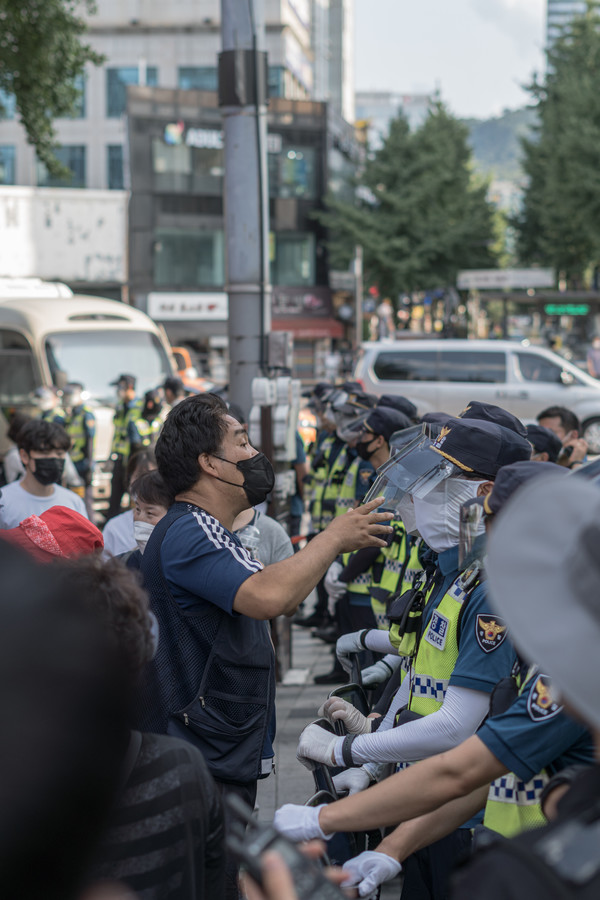
PROTESTING HAS been usually tied to mass of people gathering, shouting chants and clashing with police, as such scenes bring about public attention. However, as the delta variant of COVID-19 causes cases to soar in South Korea, protests have been limited to one person due to the increase of social distancing levels. Some citizens are complying with the regulations, finding novel ways to communicate their complaints to the public, while some openly defy the restrictions.
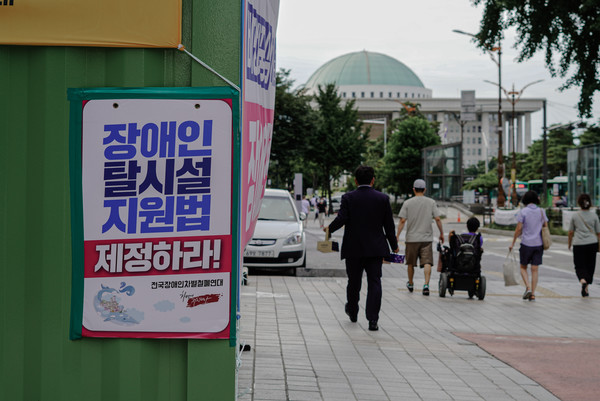
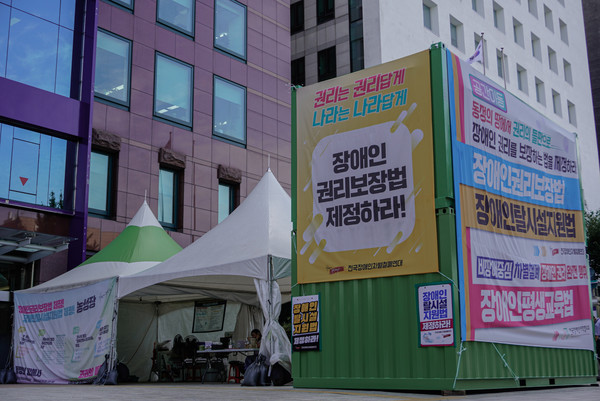
According to the Blue House, restrictions on gatherings are necessary to prevent future outbreaks, like the Independence Day protests on Aug. 15, 2020. Led by minister Jeon Gwang-hun and other anti-government protesters, crowds numbering in the tens of thousands gathered near Gwang-hwa-mun, causing over 500 COVID-19 cases[1]. This year, the group attempted to protest again, but they were met with police blockades and negative media coverage. Concerned with negative public opinion, the group claimed that their protesters are only partaking in a “walking movement” all independent from each other[2].
To prevent similar public backlash, many protesters have resorted to one-person protests. For instance, Lee Woo-jung, an employee at the Korea Gas Corporation, was in front of the Blue House alone to protest poor working conditions. However, in an interview with The Yonsei Annals, Lee voiced that he is “facing a dilemma,” since “obliging to the [social distancing] will not get the government to listen to us.” Yet, Lee will comply with the regulations since “the public despises intense protests, believing it to be a public health hazard.” Lee wishes that others can empathize with protestors since “[protesting] is the last resort for them to be heard.”
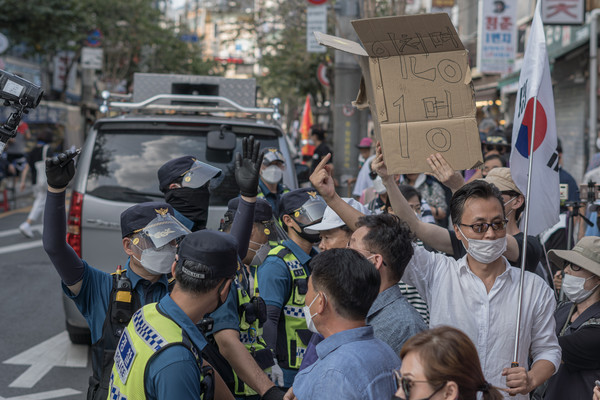
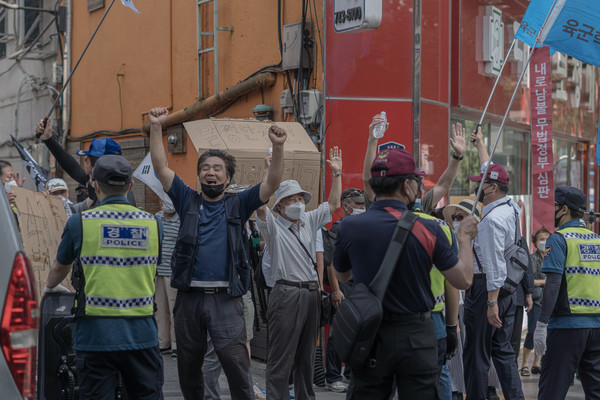
Near the National Assembly, an employee at the Solidarity Against Disability Discrimination, Kim Pil-soon, is advocating for legal changes for the disabled. In an interview with the Annals, Kim explained that she was partaking in a tent protest in Seoul, where restrictions are most intense. Kim has previously protested in front of the Ministry of Health and Welfare buildings outside of Seoul. “The protest got little to no coverage,” said Kim. Near the National Assembly, however, Kim has been able to gather more interest from the public, as the location is more readily accessible by media and politicians. “Many National Assembly members have visited the tent and promised change to us,” said Kim. For Kim and her colleagues, the main concern under level four restrictions is finding ways for the disabled to directly voice out in protests. Currently, the severely disabled members are unable to personally participate in one-person protests, as they need volunteers to assist them. As an alternative, Kim and her colleagues have ventured into new ways of protesting, such as using Facebook to hold press conferences and YouTube channels to communicate with the public. Kim believes that “the novelty of [our] methods seem to be generating attraction from the media.” Kim says that the group will continue to search for new ways that can protect both public health and minority rights.


As the scale of assemblies has been cut down due to the pandemic, protesting has evolved in various forms. From an outsider’s perspective, some of the acts may seem inadequate or even irresponsible, but for the protestors, the effort could be their last option for change.
BOX 1. What is Lee protesting about?

Lee and other temporary contract workers working for Korea Gas Corporation’s (KOGAS) firefighting sector were promised that they will become full-time workers, but changes have yet to be made. Meanwhile, declining wages have forced many to quit, which intensified the workload for the remaining workers. However, KOGAS is not replacing the positions with new workers.
[1] Korea Disease Control and Prevention Agency
[2] Seoul Metropolitan Police Agency

